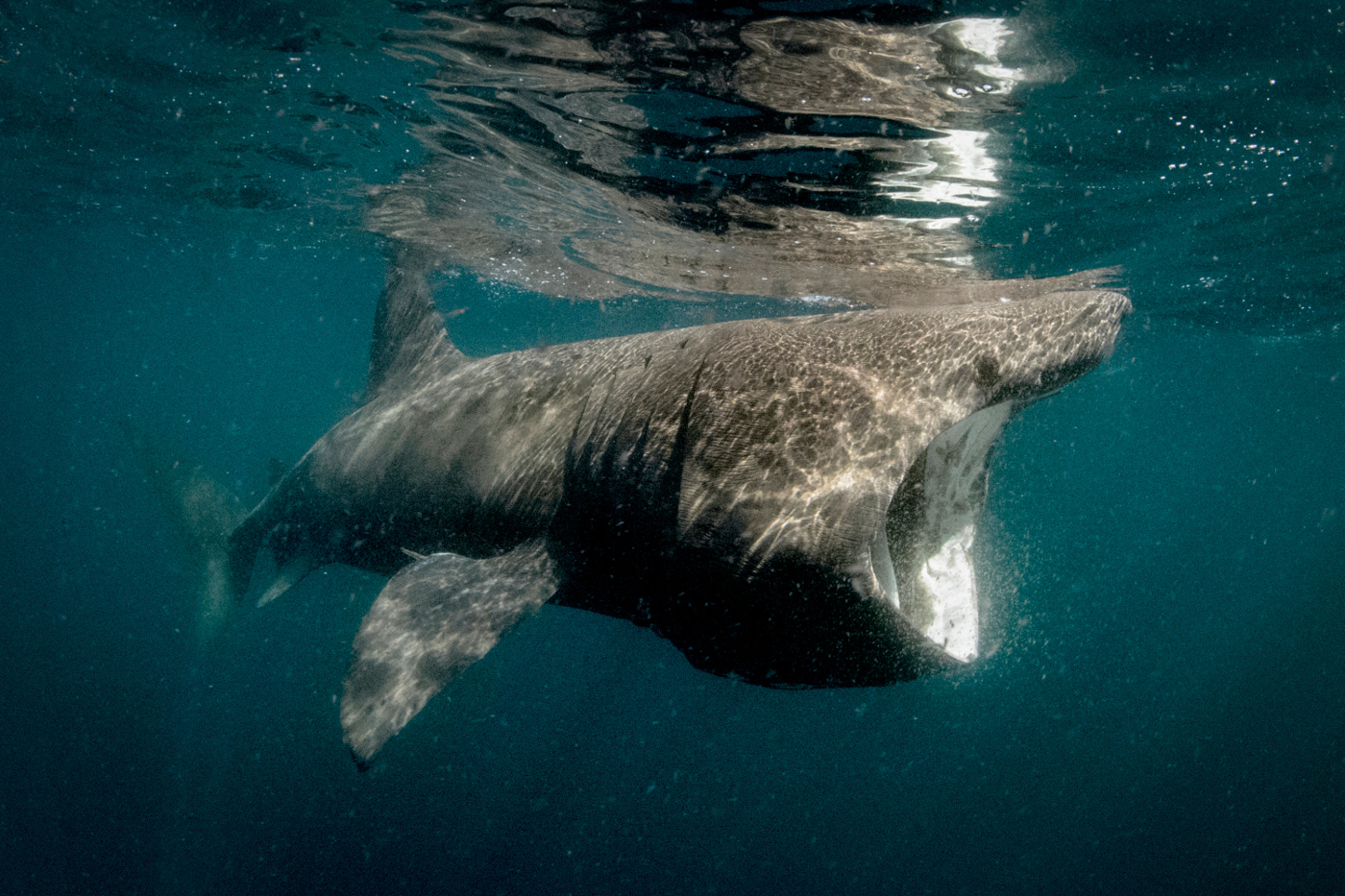
Northumberland, England’s most northerly county, has its fair share of wild landscapes. But few can match the rugged Farne Islands, two miles out to sea from the stunning castle at Bamburgh. These rocky outcrops are renowned for their huge seal colonies, but puffins are the biggest draw.
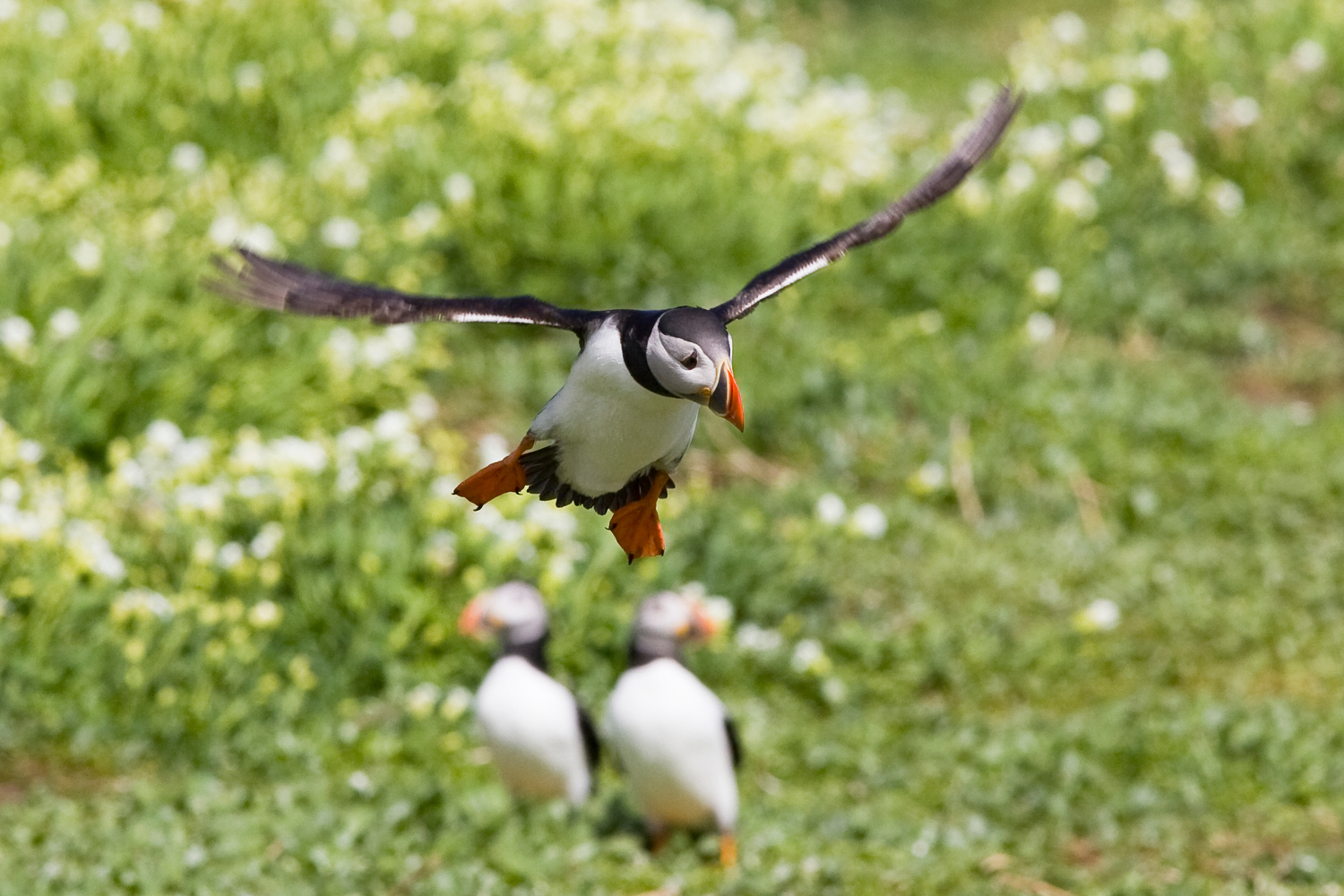
An impressive 37,000 breeding pairs arrive each year, their colourful beaks and clumsy landing skills pulling in thousands of visitors. Puffins are extremely relaxed around humans, meaning you can get up close and reel off some first-rate snaps. Come between April and July, when the breeding season is underway. There are 22 other species of sea birds to see too, including razorbills and eider ducks. The migrating terns can get a bit feisty, not to mention mucky – wear a hat to stop bird mess ruining your day out.
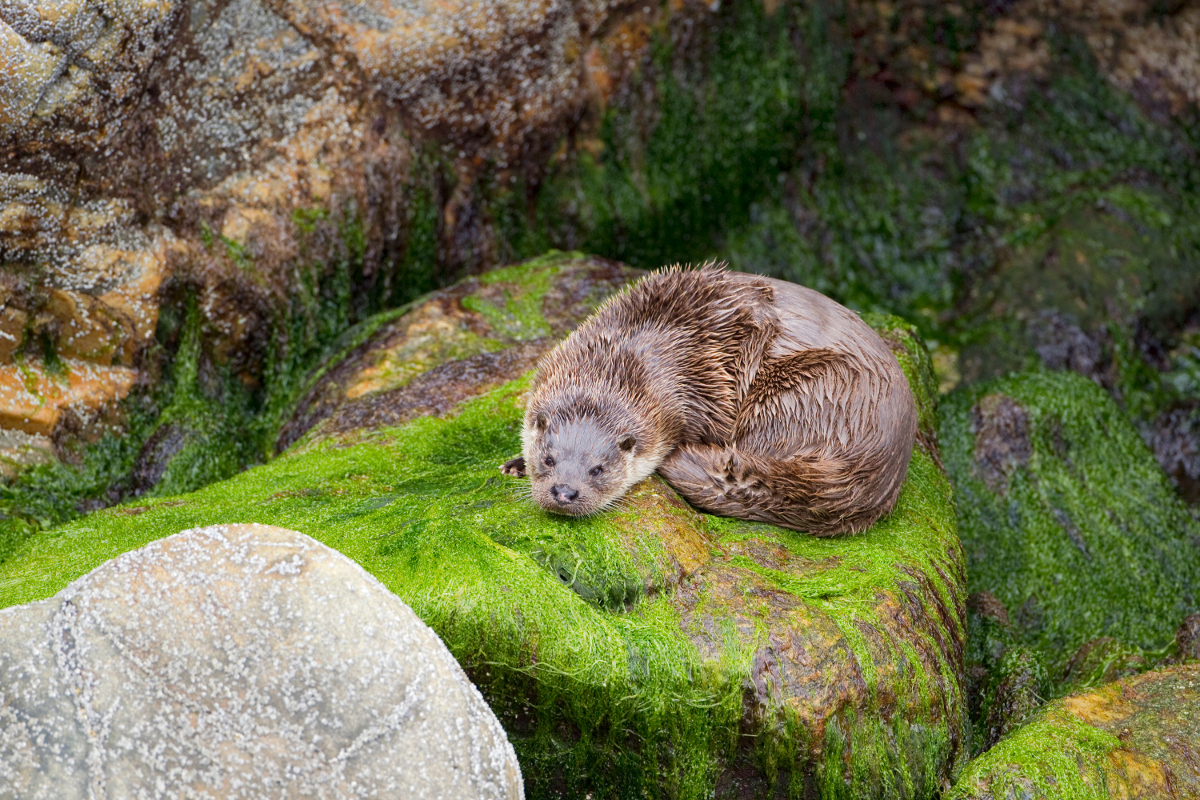
The rich waters around the Shetland Islands make them one of the best places to see marine mammals in the UK. The thick, soupy seaweed forests that skirt the coast are a great place to spot otters. These creatures have made a major comeback across the UK in recent years, but with a population of around 1000, Shetland is their stronghold. Come in summer, when the daylight stretches well beyond 11pm, and you’ll have every chance of seeing them frolicking, teaching their cubs how to hunt. Those after something more spectacular won’t be disappointed. The huge seal population makes Shetland the perfect spot to see killer whales, which follow a migration route 40 miles west of the islands. Head here between May and August to see them hunting close to shore.
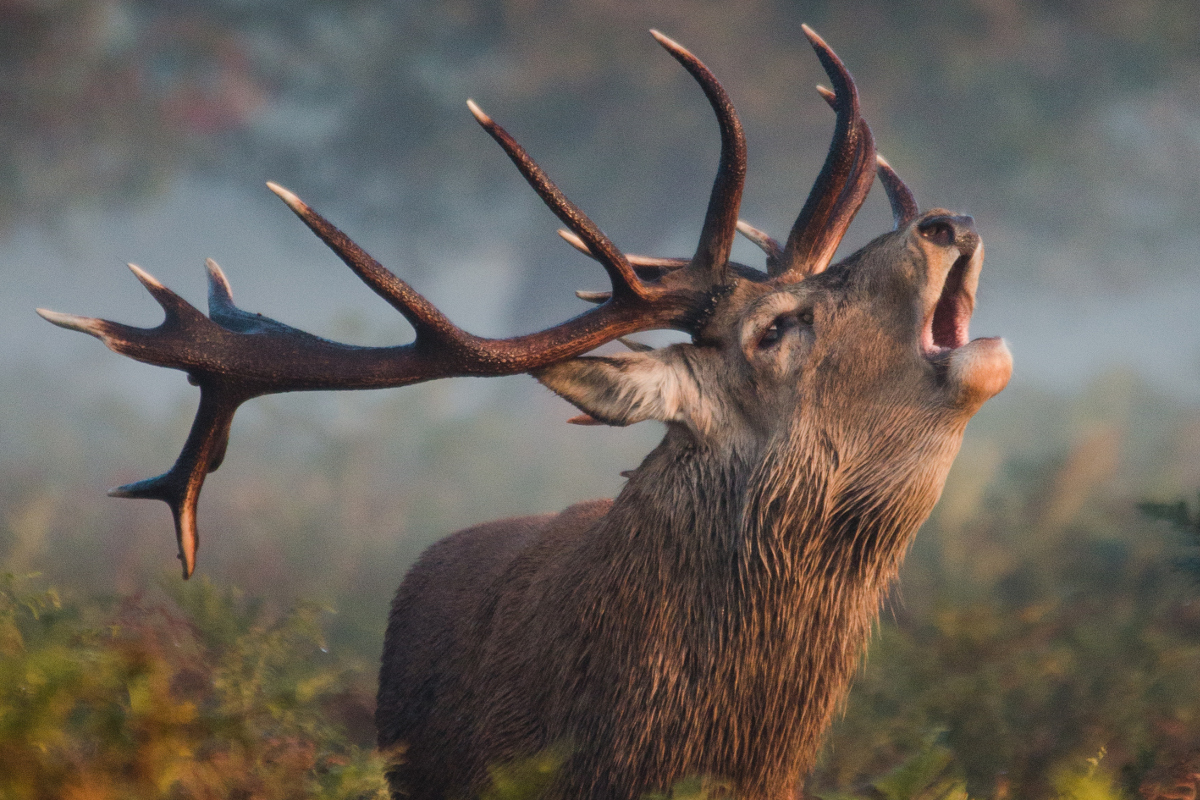
Mountainous Rum, one of the Small Isles in Scotland’s Inner Hebrides, is a national nature reserve, drawing wildlife fans thanks to its carefully conserved populations of otters, sea eagles and seals. But the island is most famous for its 900-strong red deer population. Each autumn, hulking mature males square up to each other for the annual rut, locking antlers to win or defend a harem. Kilmory Glen, in the north of the island, is the best place to see these impressive beasts go head-to-head, with battle commencing at the end of September and running until the middle of October. You’ll need to keep your distance and be patient, but you’ll be rewarded with one of the finest wildlife spectacles the UK has to offer.
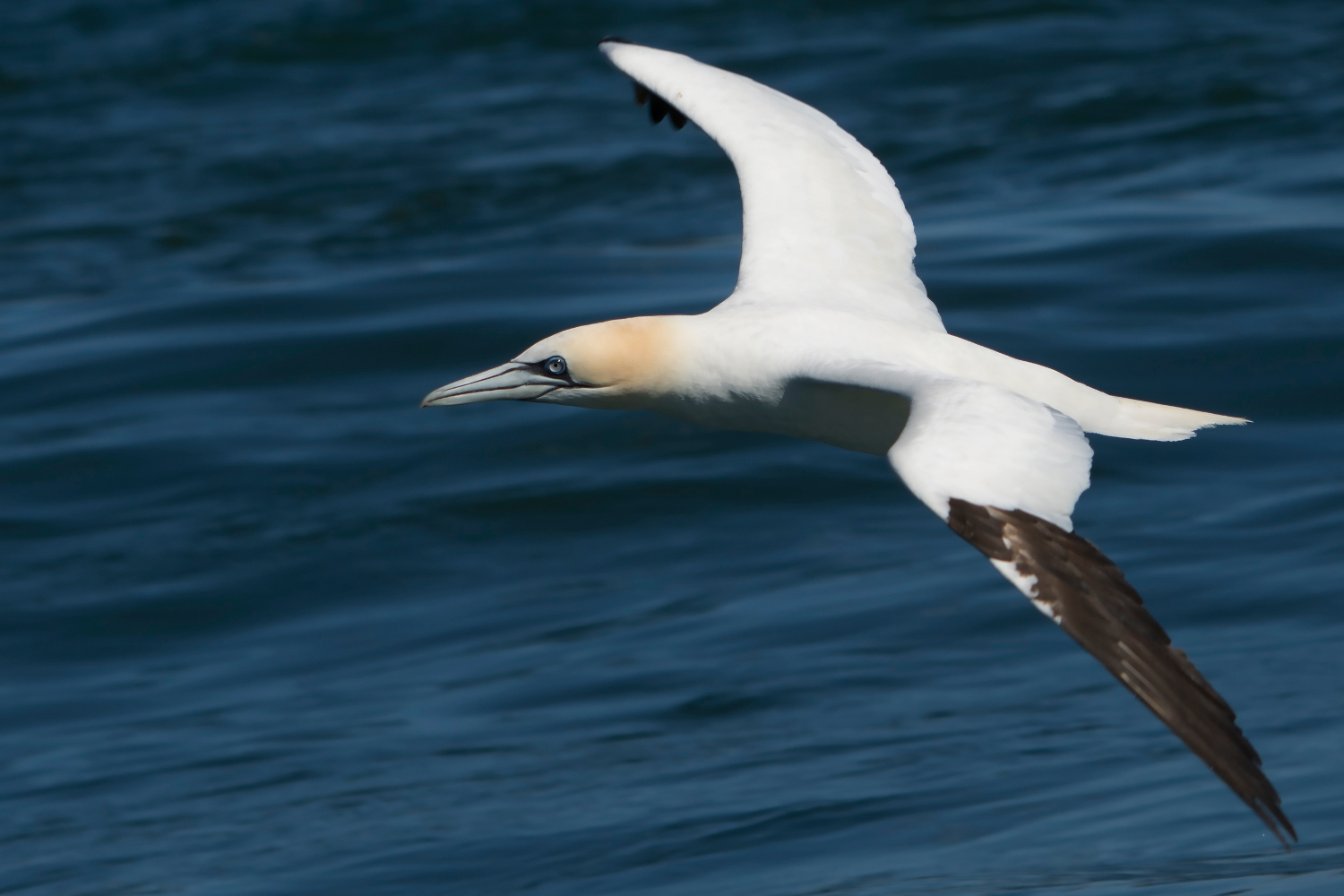
Protected by the Royal Society for the Protection of Birds (rspb.org.uk), the island of Grassholm is the most westerly point in Wales and is home to 39,000 breeding pairs of gannets, making it the largest colony of these birds in the UK and the fourth-largest in the world. Take a boat trip from Martin’s Haven, at the southern end of St Bride’s Bay in Pembrokeshire, between April and July to see these stunning, colourful birds diving at lightning speed into the Irish Sea and get an up-close look at their vertiginous breeding grounds. There are no public landings on Grassholm, due to the island’s fragile ecosystem, so have your sea legs ready in case things get choppy. Check with local boat companies (pembrokeshire-islands.co.uk) for details on sailing times.
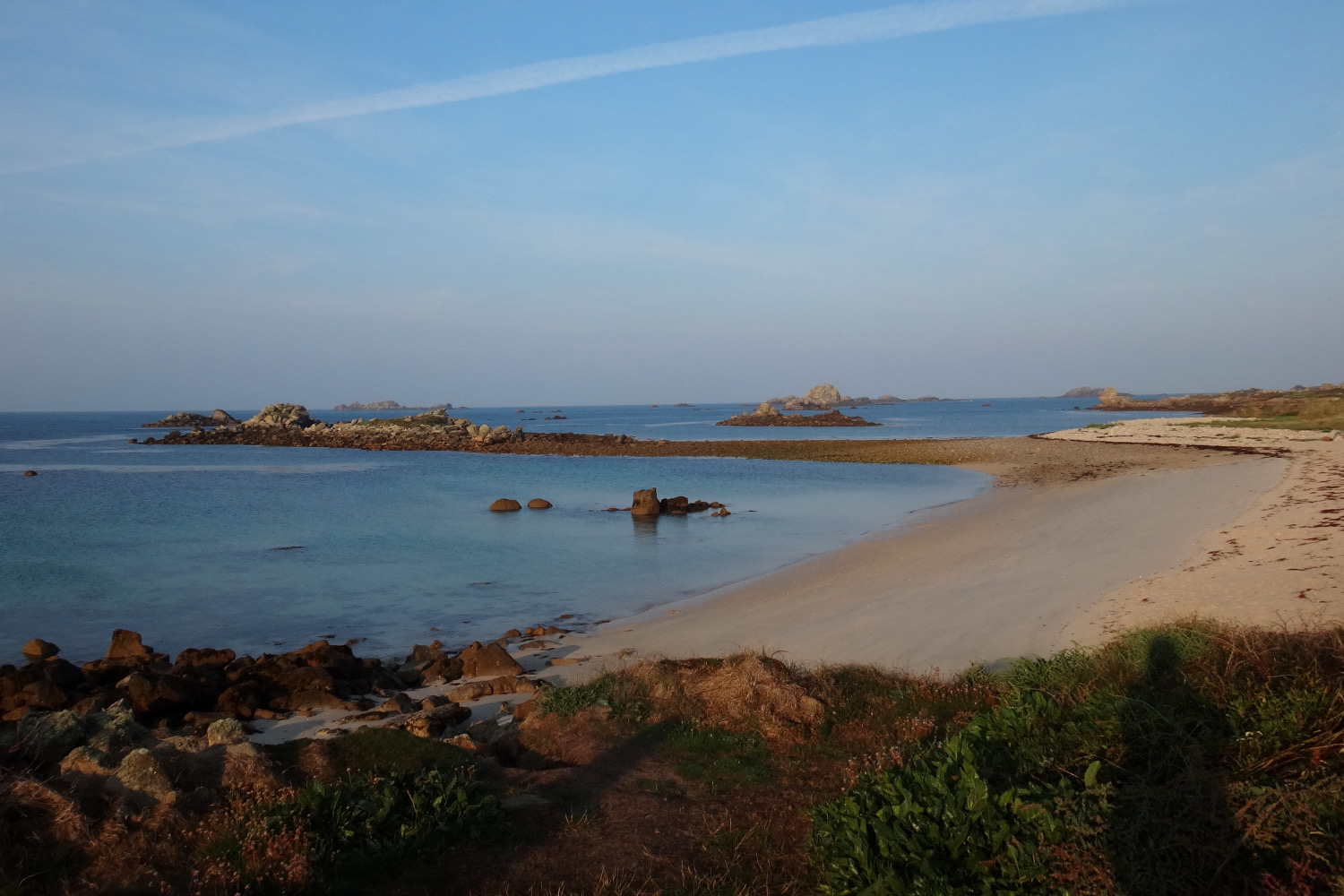
Thirty miles off Land’s End, the Scilly Isles have the kind of azure waters you’d expect to find in the Caribbean. There are 11 marine conservation zones around the archipelago, meaning underwater life enjoys stringent protection. Throw in a slew of shipwrecks thanks to the notoriously shallow water and you’ve got the perfect spot for diving. Reef walls teem with life, from beautiful coral to seahorses, lobsters and sea urchins, while seals are found all around the islands. Those who’d rather not go too deep can snorkel over the kelp forests which sway beneath the bays around the island of Bryher. Starfish, limpets and mussels can be seen lurking beneath these long tresses.
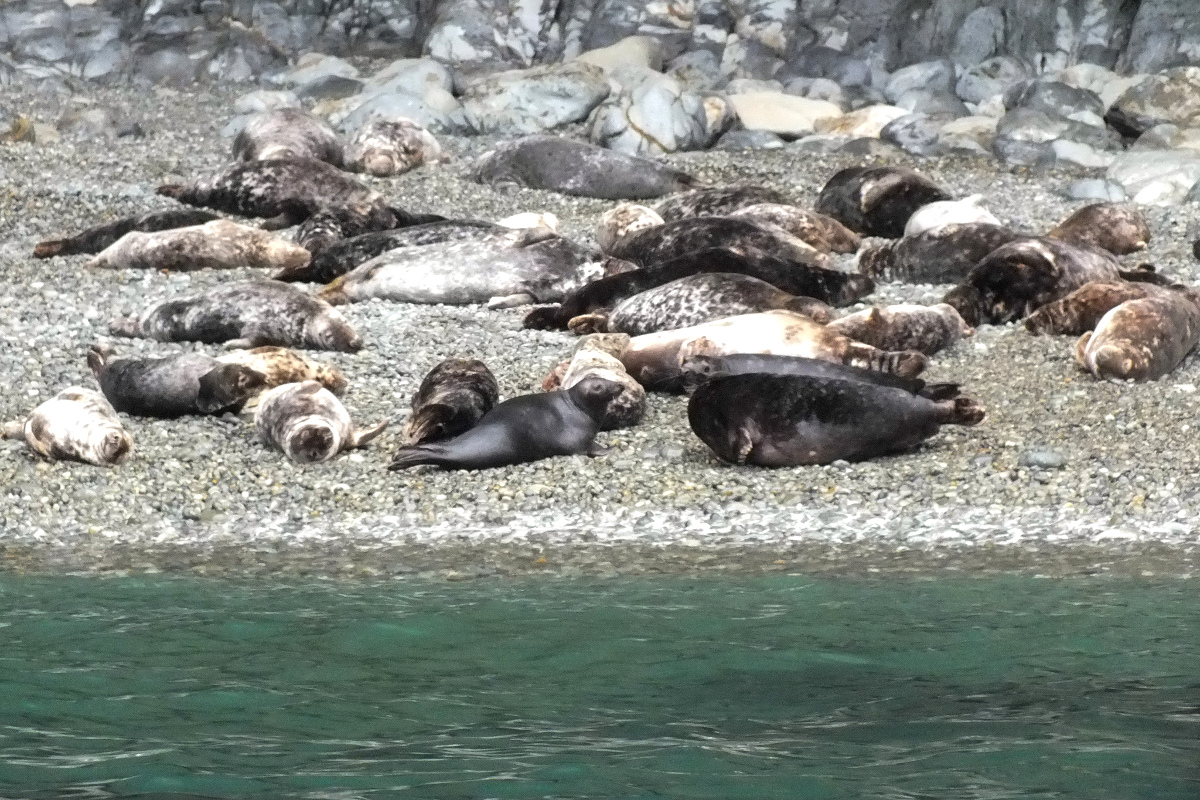
Off the west coast of Wales sits the Celtic Deep, a vast continental shelf whose plunging depths attract plenty of marine wildlife. Between May and September, boats set out from the Welsh mainland towards the Offshore Islands, where minke whales, seals, porpoises, bottlenose dolphins and basking sharks are regularly spotted. You can visit Ramsey Island with Voyages of Discovery (ramseyisland.co.uk) from March to November, and at limited times in the winter. Seabirds are often seen hunting here, with puffins and gannets making the short trip from their cliff-top colonies. If you’re lucky, you might even see a leatherback turtle. Shorter trips around the waters are worthwhile if you’re low on time, with porpoise sightings almost guaranteed.
Corncrake spotting on the Orkney Islands
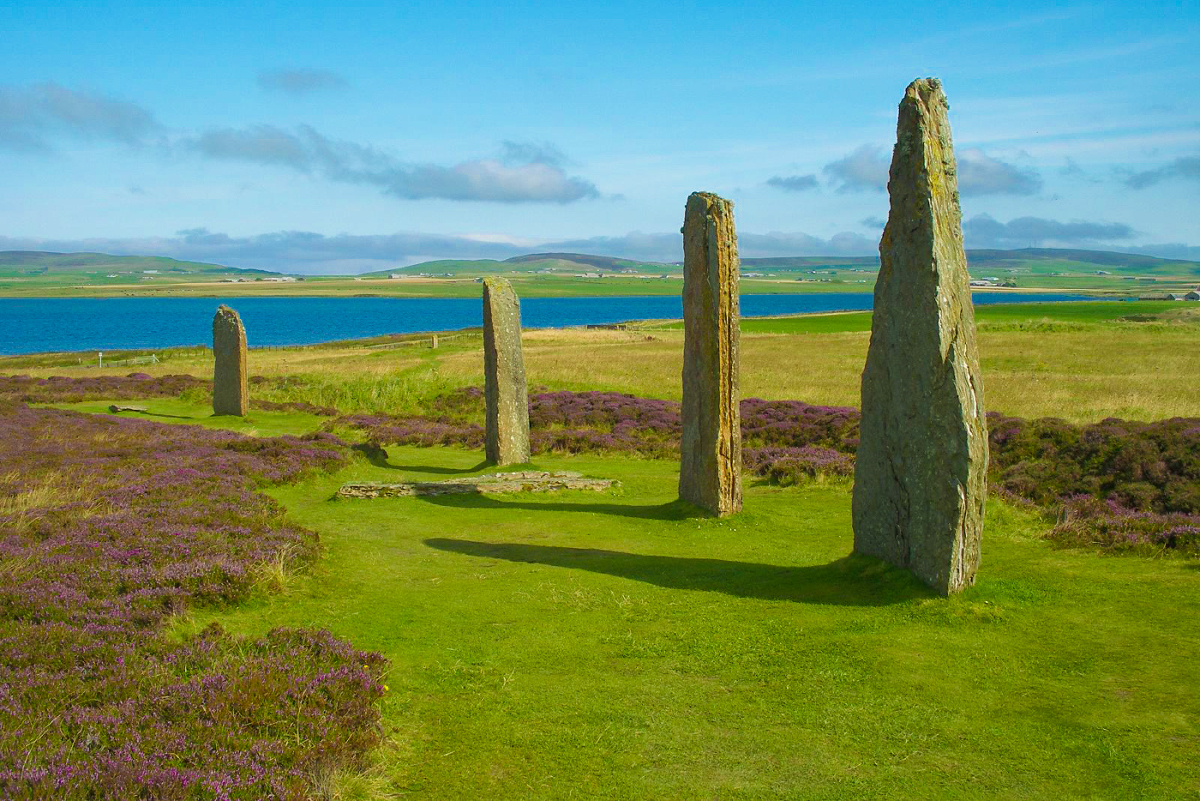
The elusive corncrake is difficult to spot, but its rasping, kazoo-like call is unmistakable. The Orkney Islands, off Scotland’s north east coast, have become one of the best places to go in search of them. An RSPB initiative has seen farmers leave the tall grass where they hide uncut until breeding season ends in August. The birds arrive on the islands from April, with numbers booming in recent years. There were 36 males heard making their distinctive call to attract a mate in 2014, the highest number since the late 1990s. The best place to hear them is on the wild isle of Westray, in the north of the archipelago, where it’s also possible to see puffins at the Noup Cliffs RSPB reserve.